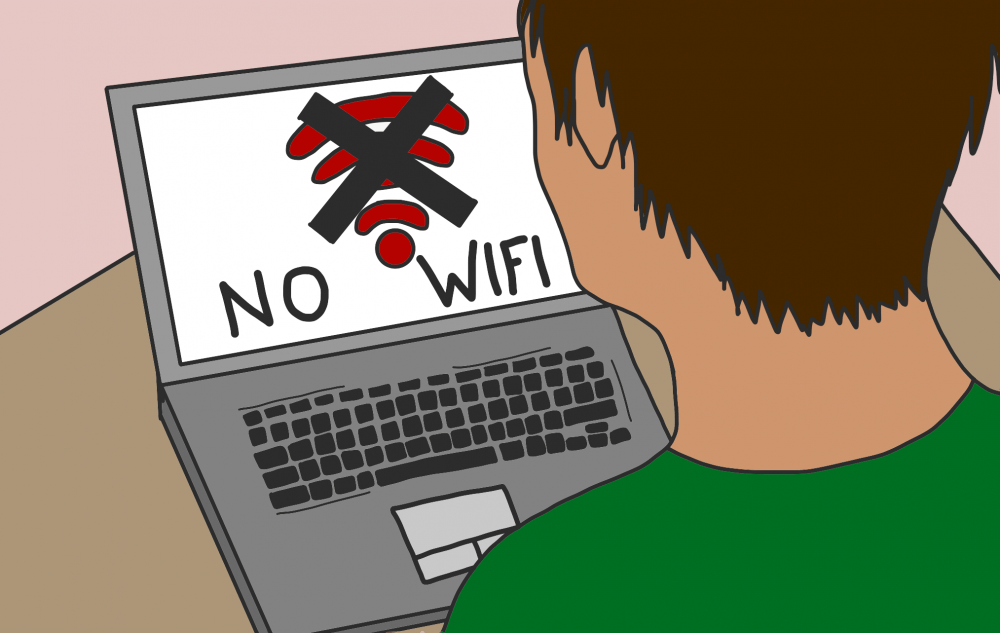Despite the ubiquity of the internet in contemporary life, 11 percent of U.S. adults still don’t go online, according to a survey conducted by the Pew Research Center from 2000 to 2018.
The study also outlines that many of these individuals reside in minority communities. According to experts, this digital divide can be detrimental to the academic and professional advancements of these individuals. As former President Barack Obama put it in a 2015 speech: "The internet is not a luxury, it’s a necessity."
Tribal communities are some of the most severely affected when it comes to internet dry-zones, said Robert Miller, a professor at the Sandra Day O’Connor College of Law and an expert on American Indian economic development.
These communities are not only extremely rural in many cases, but they must also contend with the complex relationships between tribal nations, state governments, the federal government and the private sector.
"It’s hard to believe that so many people don’t have a home internet connection in this day in age, but there are a lot," he said.
And the internet is necessary for developing news judgment and being able to conduct research, said Karen Mossberger, a professor in the School of Public Affairs
“The internet is necessary for finding jobs, health care and staying informed about government and local communities,” she said.
Miller said that many of his Native American students have to rely on public broadband access points like those found at public libraries, schools or certain restaurants.
"A lot of my students have a hard time doing their school work when they go home to the reservations,” he said.
ASU is at the center of several efforts to support these communities, including "Wiring the Rez," an annual conference where scholars, legal experts and tribal leaders gather to discuss economic development through e-commerce, which relies on telecommunications infrastructure.
The digital divide has become significantly narrower since 2000, according to the Pew survey. But Traci Morris, director of the American Indian Policy Institute at ASU, said this data doesn’t accurately reflect the lack of connectivity on tribal lands.
Morris said the institute published the most comprehensive data available on how native peoples access the internet in 2015, and an updated report will be published later this year. The study found that only 56 percent of American Indian and Alaska Native people have home broadband access, and that those demographics are the most likely to only access internet through mobile phones.
“The divide is really quite real. Tribal lands are just not connected in a way that we’re use to,” Morris said.
Morris said many of the successful telecommunications projects on tribal lands are community efforts, such as Gila River Telecommunications Inc.'s efforts to provide high-speed internet to the whole Gila River Indian Community by 2019.
She said part of the reason for the disparity is the rugged nature of tribal lands, which makes it difficult to transmit digital signals along with the added cost of installing fiberoptic cable, the industry standard for internet connectivity.
Most tribal communities rely on T1 lines, which can be bogged down when the signal is converted into WiFi and accessed by a large number of users.
“The reality is, if (internet) carriers can serve 20 households in an urban area or one in rural or tribal areas, they’re going to serve the urban area because that’s where the money is,” Morris said. “It’s an issue that requires creative enticements for these carriers."
Reach the reporter at jicazare@asu.edu or follow @sonic_429 on Twitter.
Like State Press on Facebook and follow @statepress on Twitter.




